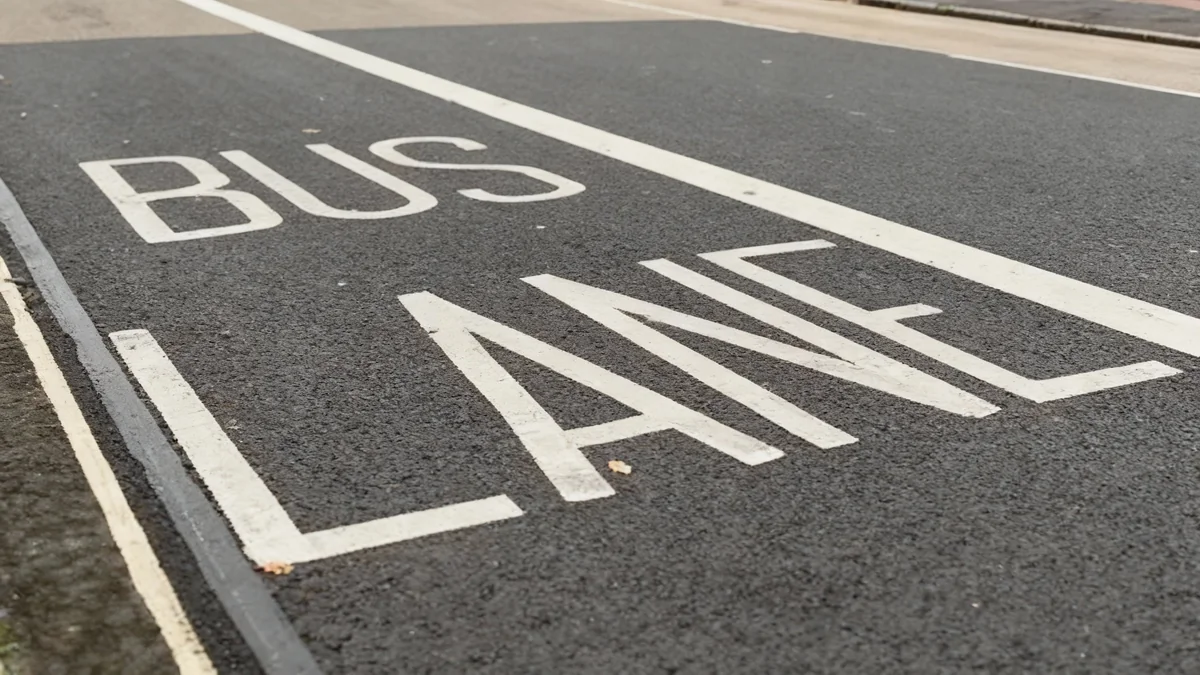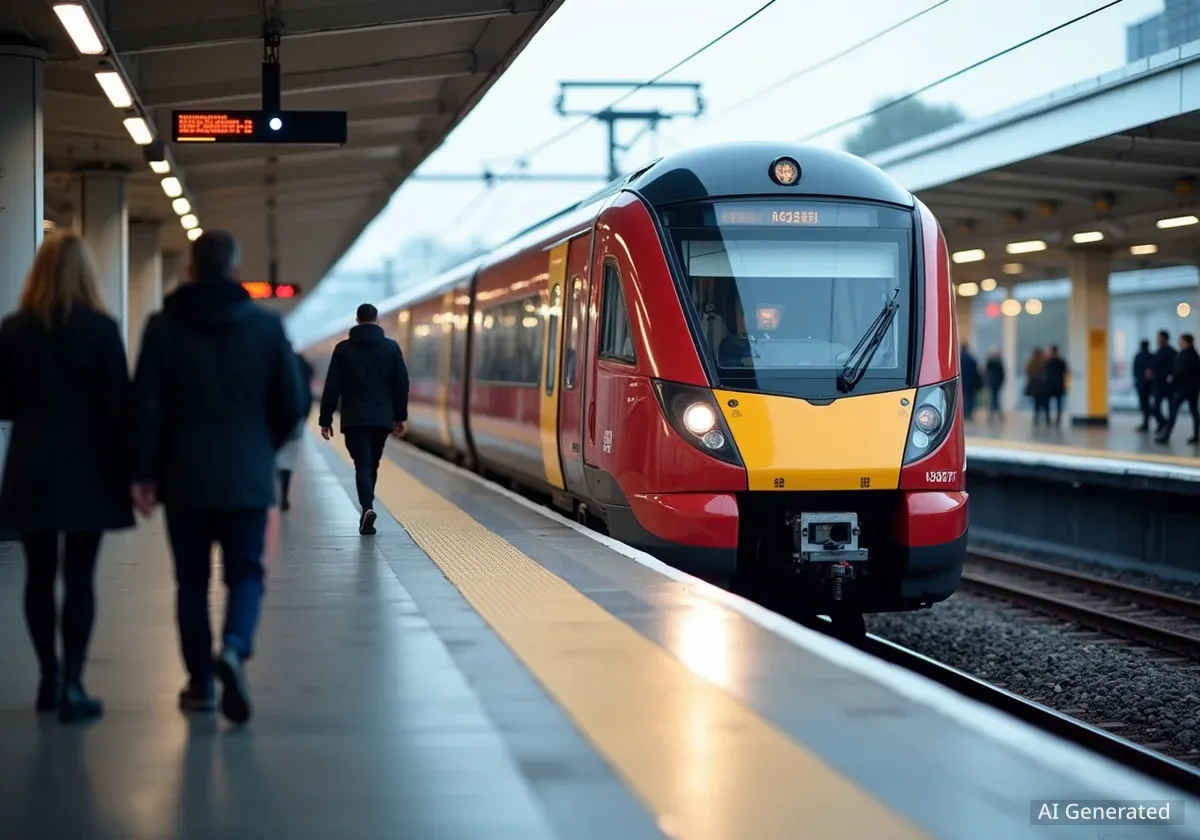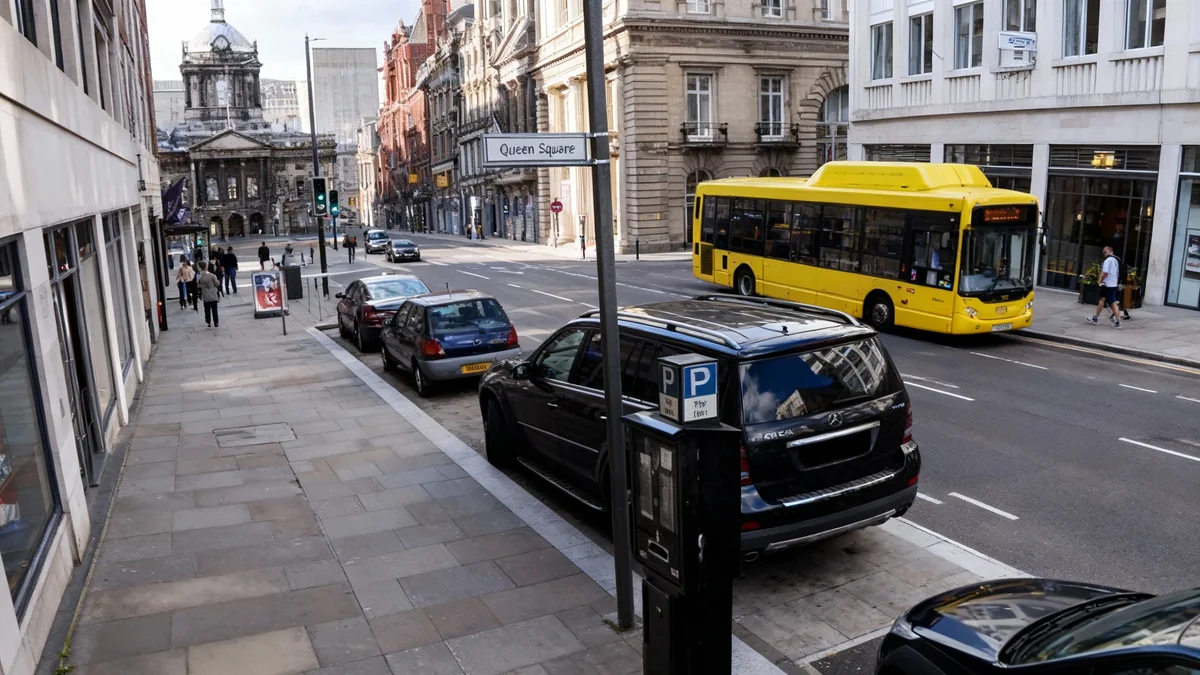Liverpool City Council has launched a public consultation for its new Local Plan, a strategic document designed to shape the city's development and economic landscape until 2041. The proposal outlines a framework for building approximately 30,000 new homes and identifies 138 sites for potential development, prioritising brownfield land.
Key Takeaways
- A new Local Plan will guide Liverpool's growth until 2041.
- The plan includes a target to deliver around 30,000 new homes.
- A 'brownfield land first' approach is central to the strategy.
- Public consultation is open until November 9th, with residents invited to comment on 138 proposed development sites.
- Key regeneration areas include North Liverpool, the city centre fringes, and the waterfront.
A Blueprint for Liverpool's Future
The draft Local Plan sets out a comprehensive vision for Liverpool over the next 17 years. It aims to provide certainty for investors, developers, and residents by establishing clear guidelines for growth. The core objective is to foster a “sustainable, vibrant, distinctive and inclusive global city” where fairness and equality are central to economic progress.
The plan is not just about construction; it establishes a framework to protect and improve the city's essential assets. This includes safeguarding green infrastructure such as parks and open spaces, as well as preserving Liverpool's rich heritage. The document covers listed buildings, conservation areas, historic parks, and archaeological sites, ensuring they are integrated into the city's future.
What is a Local Plan?
A Local Plan is a critical document that all local authorities must produce. It sets out planning policies and proposals for new development in the area. Once adopted, it is the primary consideration in deciding planning applications, making it a powerful tool for shaping how a city evolves.
According to the council, the strategy is built on several key principles aimed at creating a better city for all residents. These include building safe, high-quality neighbourhoods, promoting healthy lifestyles, and developing a prosperous and inclusive economy that leverages the city's strengths in knowledge and creative industries.
Key Development and Regeneration Zones
The plan identifies several key areas across Liverpool for significant transformation and investment. These zones are seen as critical to achieving the city's growth ambitions, with a focus on creating mixed, vibrant, and sustainable communities.
Transforming the Northern City Fringe
A major focus of the plan is the regeneration of the northern fringes of the city centre. This includes areas like the North Docks, Ten Streets, Pumpfields, and Pall Mall/Moorfields. The vision is for these districts to undergo transformational change, delivering high-quality homes alongside new social and environmental infrastructure.
Enhancing the City Core and Knowledge Quarter
The plan reinforces Liverpool's city centre as a primary hub for commerce, retail, and culture. It also outlines specific ambitions for key city centre neighbourhoods. The area around Liverpool Central Station is envisioned as a mixed-use district with a world-class transport hub. Meanwhile, Paddington Village and the wider Knowledge Quarter are targeted for significant employment growth, cementing their status as centres for innovation in science, technology, and medicine.
Focus on North Liverpool and the Waterfront
The document highlights North Liverpool for significant transformation, aiming to create regenerated and re-connected neighbourhoods. The plan acknowledges the role of Liverpool and Everton Football Clubs as potential catalysts for inclusive and sustainable growth in the area.
Liverpool’s world-famous waterfront is also a priority. The strategy covers the entire stretch from the new Everton Stadium at Bramley-Moore Dock to the former Garden Festival site. The goal is to create a “people-first place” with activated water spaces, improved public areas, and better connectivity.
Development Sites Identified
The public is being asked to provide feedback on 138 specific sites that have been allocated for potential housing, employment, or mixed-use developments across the city as part of this plan.
Housing, Infrastructure, and Sustainability
A core component of the Local Plan is its strategy for housing. The target of delivering 30,000 new homes by 2041 is designed to meet the needs of a growing population and offer a more diverse range of housing options.
The plan strongly advocates a ‘brownfield land first’ approach. This policy prioritises the redevelopment of previously used land and buildings before considering development on greenfield sites, helping to protect open spaces and regenerate underutilised urban areas.
Beyond housing, the plan emphasizes the need for enhanced infrastructure. This includes a strong focus on improving accessibility and connectivity through active travel, such as walking and cycling, and sustainable public transport. The aim is to reduce reliance on cars and mitigate the environmental impact of travel.
Climate change is a recurring theme. The plan states that new developments must mitigate and adapt to the impacts of climate change. This involves considering flood risk, ensuring energy efficiency, and demanding high-quality, sustainable design in all new projects.
Public Feedback Shapes the Plan
The current draft has been influenced by an initial round of public engagement that took place in autumn 2024. Councillor Nick Small, Cabinet Member for Growth and Economy, explained how residents' feedback has already been incorporated.
“During the public engagement last year, people told us about the need for accessible, affordable and diverse housing with more choice and with greater attention needed for community-building in new housing developments,” said Cllr Small.
He noted that residents also called for improved public transport, climate-resilient design, and support for local businesses. A key theme was the need to address social and economic inequalities by regenerating the most deprived areas.
“This draft Local Plan will also help to deliver the inclusive, sustainable growth we need and provides a key opportunity to provide a strong and robust planning framework to deliver our ambitions for Liverpool’s sustainable growth and regeneration,” he added.
How to Participate and What Happens Next
Liverpool City Council is inviting all residents, businesses, and stakeholders to review the draft plan and submit their comments. This is a crucial stage where public input can directly influence the final version of the document.
The consultation period is now open and will close on 9 November 2025. To view the documents and submit feedback, members of the public can visit the official council consultation portal.
- Current Stage (Autumn 2025): Public consultation on the draft Local Plan.
- Next Stage (Summer 2026): Comments received will be used to create the next version, known as the Publication Plan. A further consultation will be held on this version.
- Final Stage: If approved by the council, the Publication Plan will be submitted to the UK Government for an independent examination by a planning inspector.
The council has stated it will update its Local Development Scheme, which outlines the full timetable for the plan's preparation, in the near future. This process ensures that Liverpool has a modern, legally sound planning framework to guide its development for years to come.





